Click a photo to see a larger view. Please send your comments and corrections to Steve.
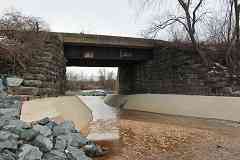
Photos courtesy Dave Hiteshew |
| |||||||||||
| ||||||||||||
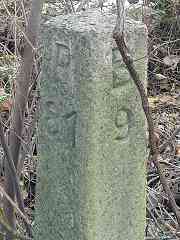
Photo courtesy Dave Hiteshew |
| |||||||||||
| ||||||||||||
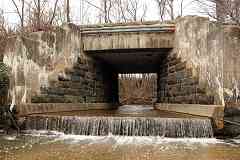
Photo courtesy Dave Hiteshew |
| |||||||||||
| ||||||||||||
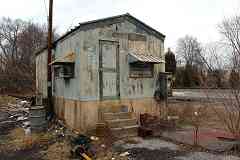
Photos courtesy Dave Hiteshew |
| |||||||||||
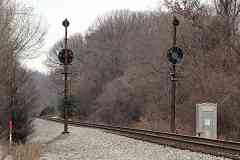
Photo courtesy Dave Hiteshew |
| |||||||||||
| ||||||||||||
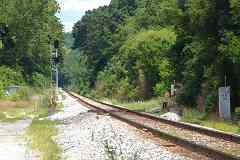
|
| |||||||||||
| ||||||||||||
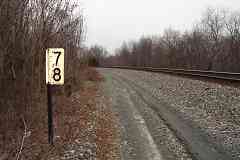
Photo courtesy Dave Hiteshew |
| |||||||||||
| ||||||||||||
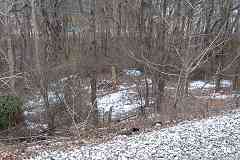
Photos courtesy Dave Hiteshew |
| |||||||||||

Photo courtesy Dave Hiteshew |
| |||||||||||
| ||||||||||||
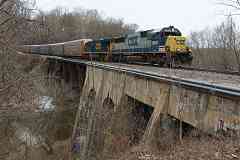
Photo courtesy Dave Hiteshew |
| |||||||||||
| ||||||||||||

Photo courtesy Dave Hiteshew |
| |||||||||||
| ||||||||||||

Photos courtesy Dave Hiteshew |
| |||||||||||
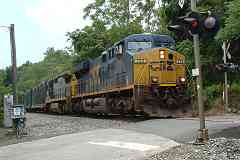
Photo courtesy Dave Hiteshew |
| |||||||||||
| ||||||||||||

Photo courtesy Dave Hiteshew |
| |||||||||||
| ||||||||||||
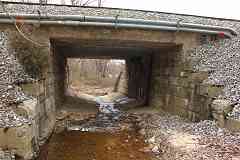
Photo courtesy Dave Hiteshew |
| |||||||||||
| ||||||||||||
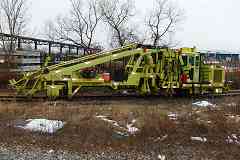
Photo courtesy Dave Hiteshew |
| |||||||||||
| ||||||||||||

Photo courtesy Dave Hiteshew |
| |||||||||||
| ||||||||||||

Photos courtesy Dave Hiteshew |
| |||||||||||
| ||||||||||||

Photos courtesy Dave Hiteshew |
| |||||||||||
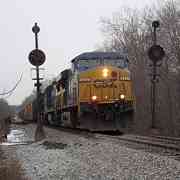
Photo courtesy Dave Hiteshew |
| |||||||||||
| ||||||||||||
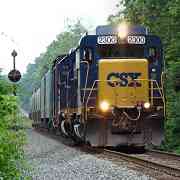
Photo courtesy Dave Hiteshew |
| |||||||||||
| ||||||||||||
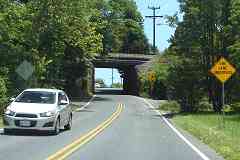
|
| |||||||||||
| ||||||||||||
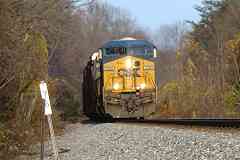
Photo courtesy Dave Hiteshew |
| |||||||||||
| ||||||||||||
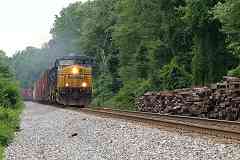
Photos courtesy Dave Hiteshew |
| |||||||||||
| ||||||||||||
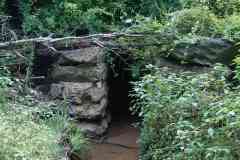
Photos courtesy Dave Hiteshew |
| |||||||||||
| ||||||||||||
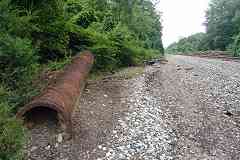
Photo courtesy Dave Hiteshew |
| |||||||||||
| ||||||||||||
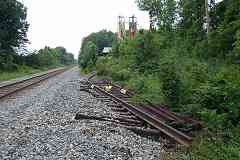
Photo courtesy Dave Hiteshew |
| |||||||||||
| ||||||||||||

Photos courtesy Dave Hiteshew |
| |||||||||||
| ||||||||||||
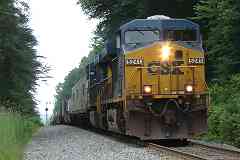
Photo courtesy Dave Hiteshew |
| |||||||||||
| ||||||||||||
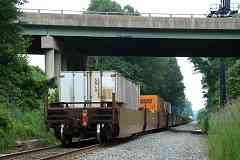
Photo courtesy Dave Hiteshew |
| |||||||||||
| ||||||||||||
<< Previous (west) | THIS PAGE: White Marsh to Clayton | Next (east) >>